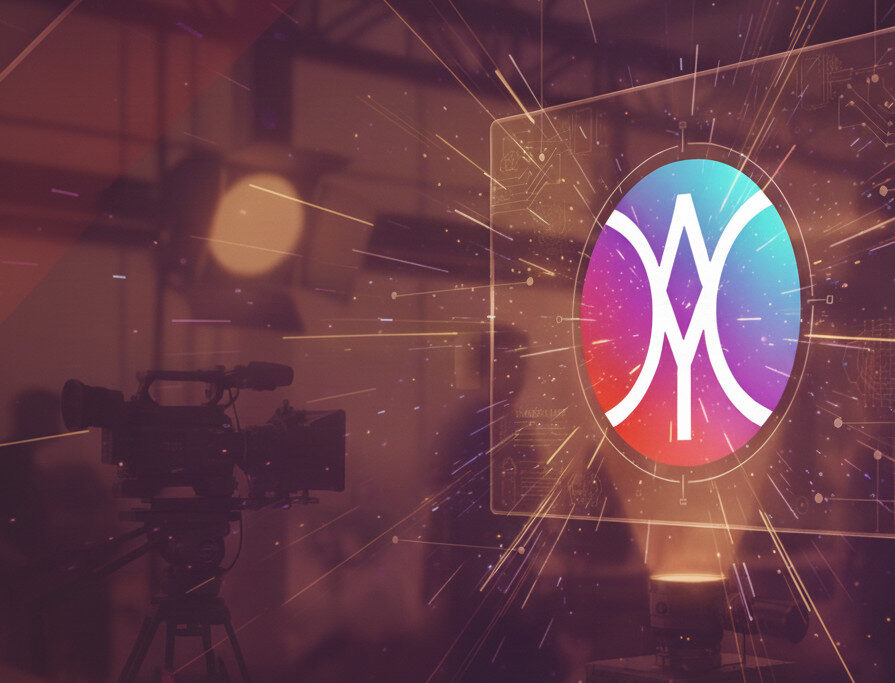Listen to this article
[— SPOILER WARNING – This article discusses key plot points of the episode —]
How Real are the Core Technologies of “Redream”?
The Simulated Stage
The episode’s virtual production environment promises complete immersion – actors step into fully rendered worlds that respond in real-time. While today’s LED walls and real-time rendering offer glimpses of this future, we’re far from the episode’s seamless reality. Current virtual production still requires careful choreography between physical and digital elements, and the promise of truly responsive environments remains technologically elusive.AI Performance Capture
The episode’s treatment of performance capture goes beyond current technological boundaries. The system doesn’t just record – it interprets, adapts, and enhances. Today’s motion capture technology, while sophisticated, still relies heavily on physical markers and post-production refinement. The episode’s direct mind-to-screen translation remains firmly in the realm of science fiction, raising questions about the nature of performance itself.Digital Performers
The episode presents AI actors not just as digital constructs, but as complete recreations of real performers, including those no longer living. This technology goes beyond today’s capabilities for digital doubles or deepfake performances, suggesting systems that can capture not just appearance but the essence of an actor’s craft – their timing, choices, and artistic interpretation.Time and Reality
The episode’s suggestion that time moves differently inside the simulation raises fascinating questions about creative process and artistic experience. While current VR research shows that immersive environments can alter our perception of time, the episode’s premise of extended consciousness within compressed real-world time ventures into more speculative territory.Can Digital Reincarnation Be Done Responsibly?
The treatment of digital performers in “Redream” forces us to confront pressing industry questions about performance rights and artistic legacy. What begins as a well-intentioned effort to save a struggling studio through innovative technology evolves into a complex meditation on authenticity and consent:- Where does performance preservation end and exploitation begin?
- Can an algorithm truly capture the nuanced decision-making and improvisation that defines great acting?
- How do we protect performers’ rights in an age of digital reproduction?
These aren’t just hypothetical concerns – they’re active discussions in current contract negotiations and rights management. The episode’s treatment of digital performance serves as both warning and conversation starter about how we value and protect human creativity, even when the intentions behind technological adoption are fundamentally positive.
The Conversation Goes Beyond The Technology
What makes “Redream” compelling is how it uses speculative technology to illuminate present-day challenges in the creative industries. Through its narrative of a struggling studio’s technological solution, the episode raises questions that resonate with current industry discussions:
Creative Boundaries
The episode challenges our understanding of where human creativity ends and technological enhancement begins. When the lead actress’s unscripted emotional connection with her AI co-star becomes more compelling than the planned performance, it forces us to reconsider what makes a performance “authentic.”
Industry Pressures
Through the studio’s financial struggles, we see a mirror of current industry pressures to innovate. The episode asks us to consider at what point the drive for efficiency and cost-saving begins to compromise creative and ethical boundaries. While the studio’s motives are understandable – survival in an increasingly challenging market – their narrow focus on the end product overlooks crucial questions about responsibility and long-term consequences.
Human Impact
While the technology in “Redream” is fictional, its exploration of human consequences is deeply relevant. The profound effect on the lead actress – experiencing months of emotional connection compressed into an hour – demonstrates the unexpected depth of human-AI interaction. The actress’s eventual desire to remain in the simulation – to choose a virtual connection over physical reality – speaks to both the power of these relationships and the ethical complexities they present. It’s a poignant commentary on loneliness, connection, and the increasingly blurred lines between real and artificial relationships in our digital age.
Protecting The Future of AI-Supported Production
While “Redream” presents an extreme vision, it prompts valuable questions about the evolution of filmmaking. The challenge lies in several key areas:
- Ensuring informed consent and transparency about technological implementation
- Balancing innovation with wellbeing
- Establishing clear boundaries between real and simulated experiences
- Creating support frameworks for those engaging with new technologies
- Understanding both immediate and long-term impacts on creative professionals
The path forward requires not just selective and responsible integration of tools, but a holistic approach that considers both the creative potential and human implications of these technologies. As we embrace new possibilities, success lies not just in what these tools can do, but in how thoughtfully we implement them. The future of filmmaking will be shaped not only by technological capability, but by our commitment to protecting and supporting the human elements that make storytelling meaningful.



